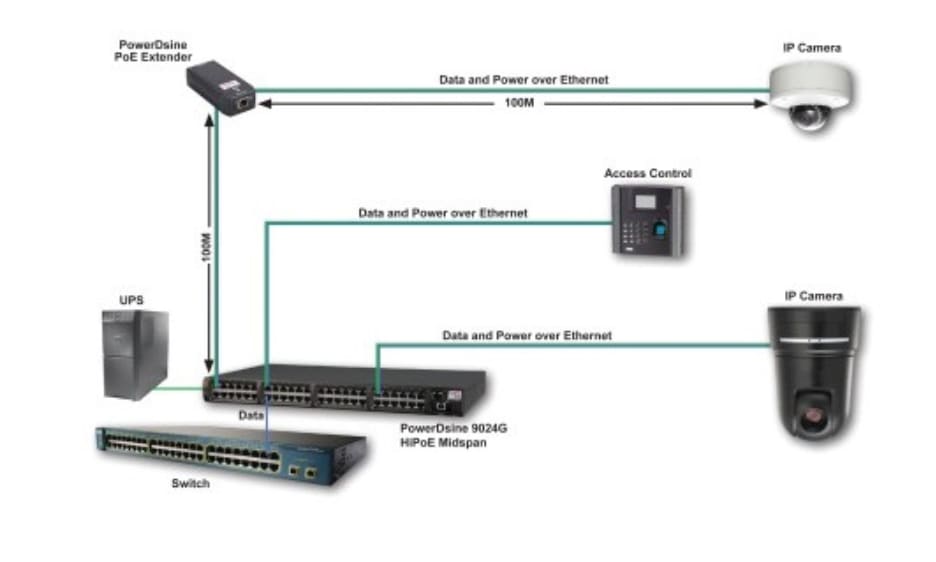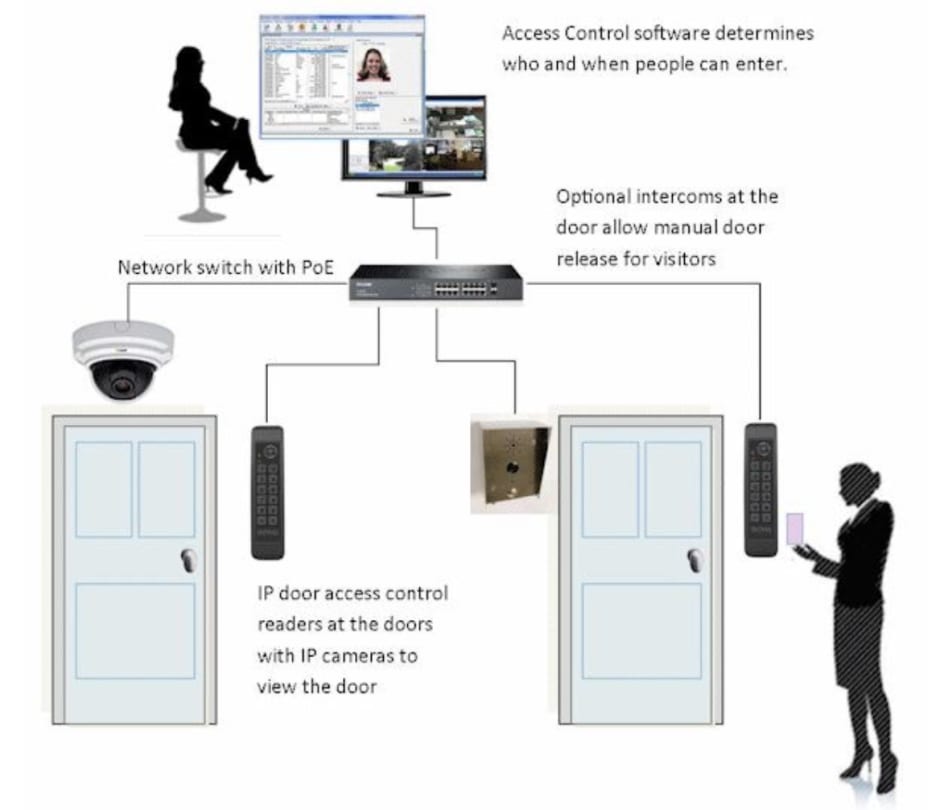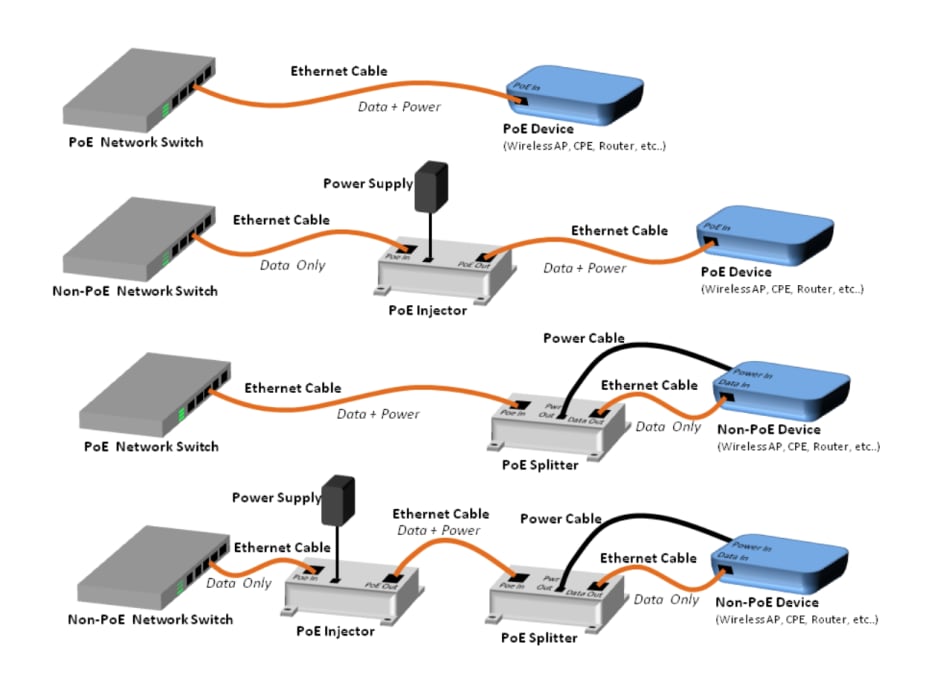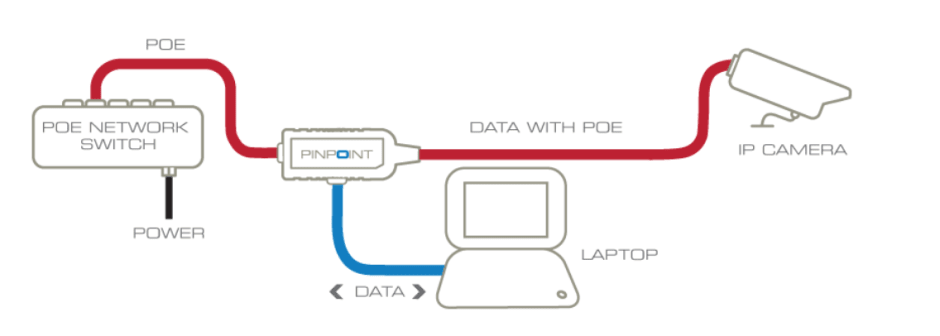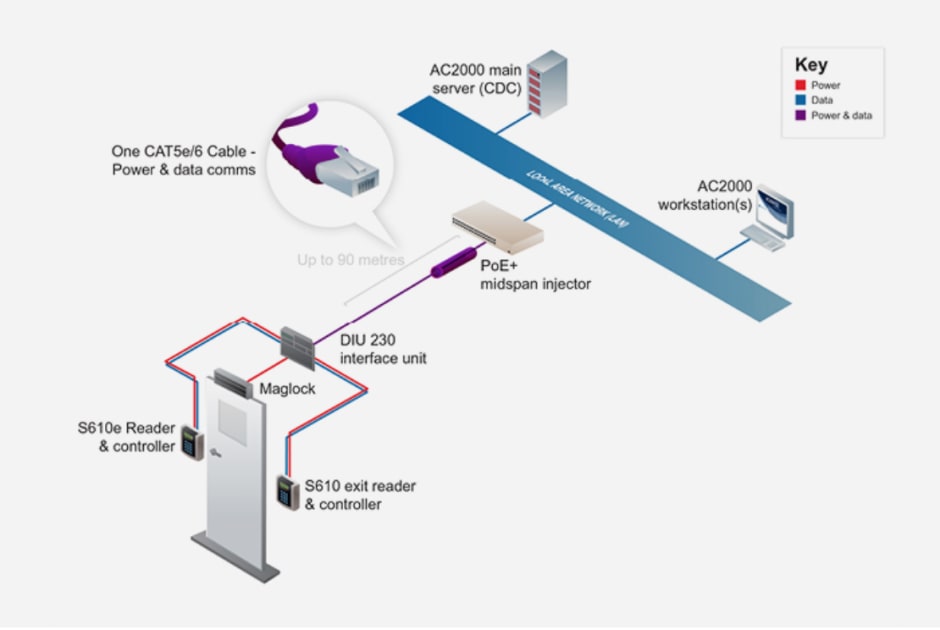Power over Ethernet (PoE) use in access control #
Widely used to power devices like IP cameras, VoIP phones, wireless access points, and network routers, Power over Ethernet or PoE has highly contributed to the streamlining of access control systems. Apart from amplifying the effectiveness of an access control structure, this type of system also helps in terms of cost reduction.
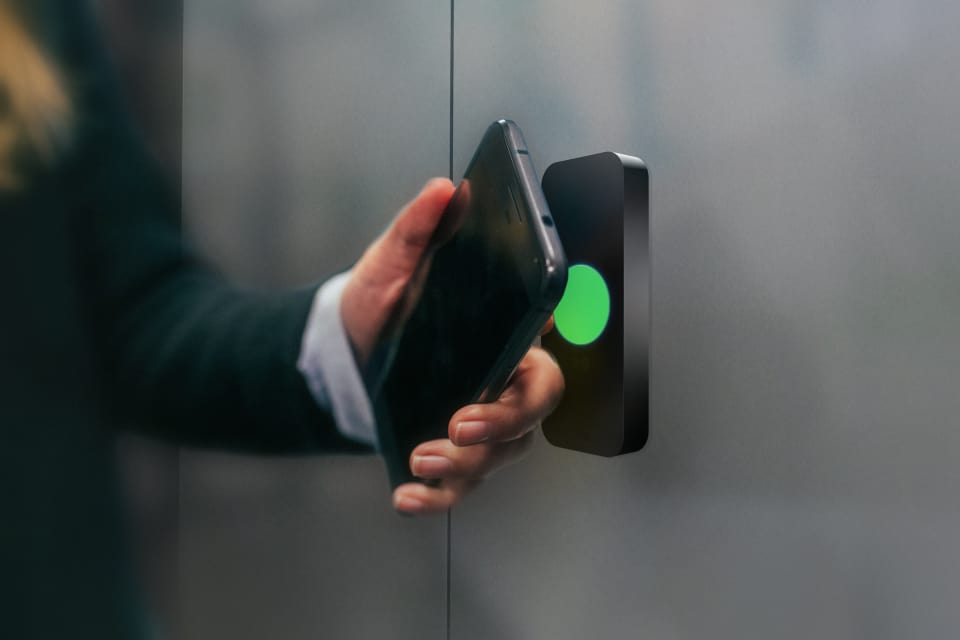
Although PoE offers many benefits, it is important to understand its features before implementing it into your organization. In the following article, we will give an overview of PoE technology to allow you to evaluate whether it’s a viable solution for your security needs.
What is Power over Ethernet (PoE)? #
Power over Ethernet or PoE is a system used to power devices through cables that allow both data and electric power to pass through them. The twisted pair Ethernet cabling facilitates the use of one single cable to build the network. The electric current and data are simultaneously transferred through two separate wires within the one cable.
A complete PoE system makes use of both capabilities: The power component and the Ethernet wired connectivity component. However, if the device connected to the twisted pair (power and Ethernet) cable does not have PoE capabilities, data can still be pulled without power from the PoE cable, making it a versatile and powerful tool.
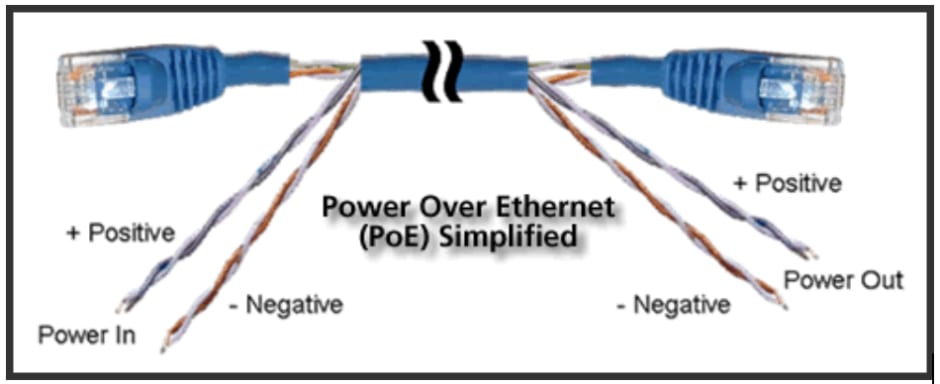
PoE systems have been gaining in popularity in recent years, and are used in many modern Internet of Things (IoT) applications like access control systems. These systems generally require internet connectivity, but given they’re physical devices, they need to pull power as well. This makes a PoE cable optimal, as you can combine both needs in one integrated PoE system.
For the transmission of power over PoE in a total PoE system, there are two transmission types, standardized since 2003 by IEEE 802.3. These standards are:
- Alternative A: In this alternative, a PoE system uses a Cat 5 cable, which contains four built-in signal pairs. The PoE system will only use two of these, though. This is certainly effective enough for most applications, but it makes troubleshooting rather difficult and painstaking.
- Alternative B: In this alternative, the PoE system uses all four pairs in a Cat 6 cable (the successor to Cat 5 cables). It separates power conductors from data conductors, and each of the two uses two wires in a twisted pair each. It makes troubleshooting easier, and utilizes the entire capacity of the cable.
What does PoE mean for network door access control systems? #
Power over Ethernet has made an impact on the industry of physical security systems. The PoE standard, upgraded in 2009 to PoE+, is suitable to provide power (up to 25.5 W) to type 2 devices, expanding the previous standard, which provided 15.4 W power to type 1 devices. This specification facilitates maximum power consumption at the device end, along a more smooth transfer of data. This expanded capability allows access control devices to transfer data for better control and a more streamlined system.
The system allows communication with the devices installed in access control networks such as electric door locks, biometric readers, exit request devices, and more. Manufacturers have incorporated the system into upgrading security practices with products that control both entry and exit to facilities.
Other physical security systems, like video surveillance, make use of PoE cables powering the security system. RS-485 systems deployed to each of the controlling points within the network of access control independently. Although the power is provided through a hard-wired power supply case, it also contains batteries that charge up to provide backup during a power failure. IP based access control systems are developed for easy integration into the existing IP structure of any facility. Controllers for access through the single access point are suitable for a distributed architecture.
What products are needed? #
PoE enabled switch is a network switch that has a built-in injection and connects the other network devices by helping to detect their compatibility. PoE injector is used to make the regular non-PoE Network Links compatible by adding PoE capability. Powered patch panels, PoE splitters, and single port injectors are some other solutions that support a functional PoE network. The types of products needed will depend on the device.
PoE over 2-Wire Extender #
The Kisi Reader Pro 2 requires power and a network connection to operate. It can receive power from an external power source or PoE, and network connection from Wifi or Ethernet.
When using PoE, you only need a single cable to operate the access reader. Still, PoE cables are expensive, limited in length, and aren’t easily accessible.
A PoE over 2-Wire Extender solves these problems. You can use this device anywhere with basic Ethernet and power wiring. It combines and converts these sources to be sent over a single twisted pair wire. This wiring is much cheaper and can be run over longer distances.
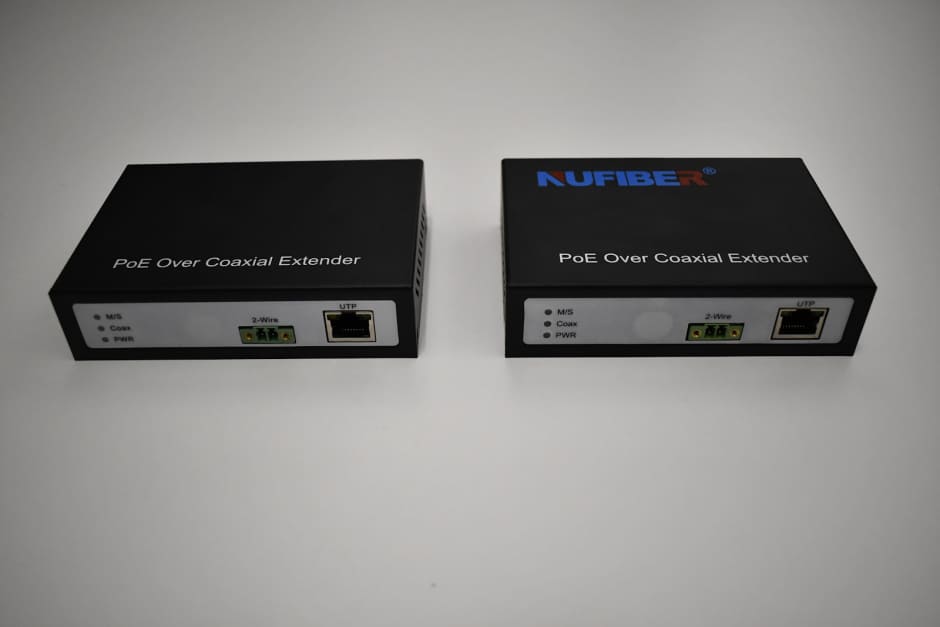
A PoE over 2-Wire Extender has two components: a PSE and a PD. The PSE takes an input of power and standard Ethernet. It then converts this to a form that can be sent over a twisted pair wire. The PD then takes the input of the twisted pair and outputs a single PoE cable that connects to the Kisi Reader Pro 2.
Watch the video below for more information on PoE over 2-Wire Extender, the benefits, use cases, and installation tips.
How to install PoE over 2-Wire Extender #
Be sure to unplug the power before wiring anything. For this installation, you will need a Kisi Reader Pro 2, a PoE over 2-Wire Extender Pair, 2 Ethernet cables, and twisted pair wires.
- Flip the switch on the PD component to ‘S’ and the PSE component to ‘M’.
- Connect the Kisi Reader Pro 2 to an Ethernet cable. Ensure this cable is PoE-compatible.
- Connect the other end of the cable to the PD component.
- Connect the PD component to the 2-wire twisted pair.
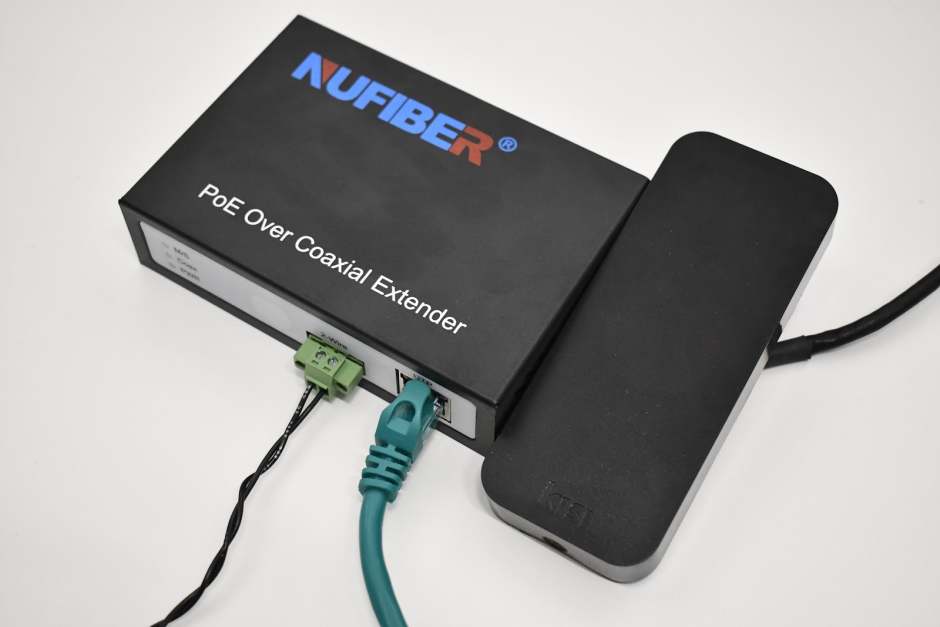
- Connect the other end of the pair to the PSE component.
- Finally, connect the PSE component to a network-connected ethernet cable and a power source.
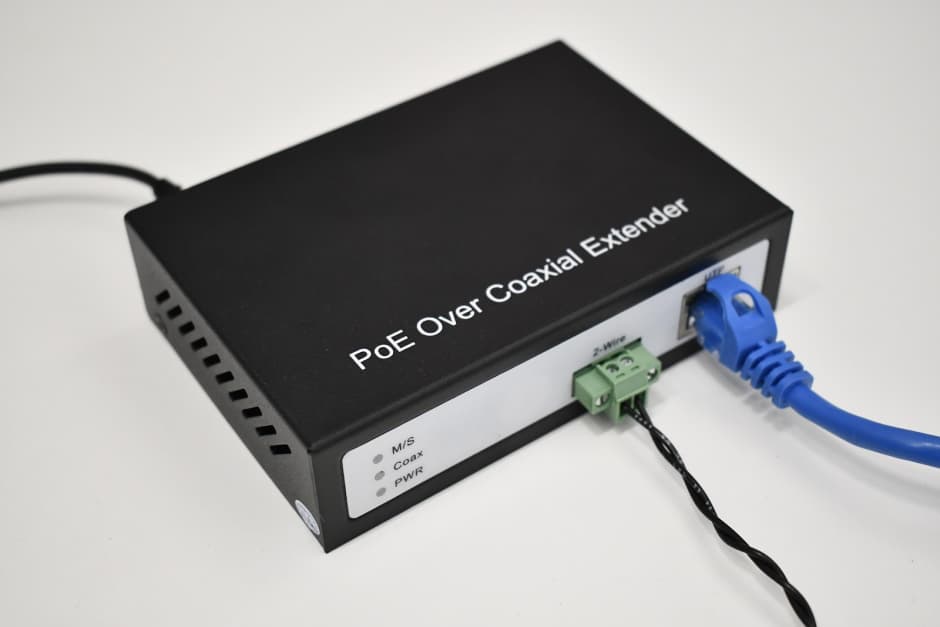
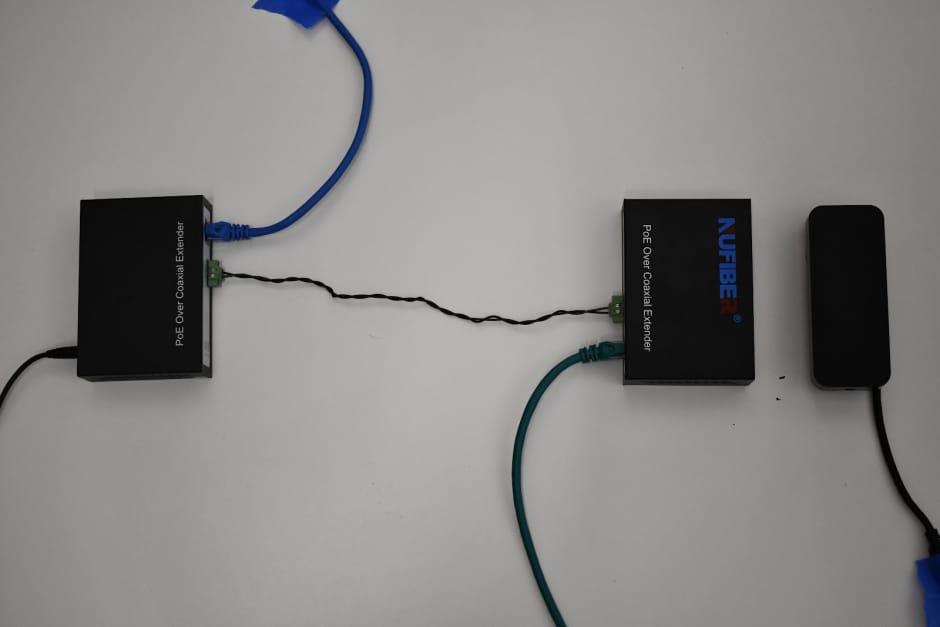
Benefits of PoE for offices and commercial facilities #
The evolution of access solutions into systems that use IP protocols, POE, and structured cable has resulted in more streamlined and seamless systems. This infrastructure leverages the existing IT network system and also eliminates the need for a local source of power. This helps in consolidating the cost. With a single POE cable being used, installation is easier and takes less time.
Implementing PoE in an existing or a new Ethernet network requires a few devices depending on the building security requirements. The security requirements of any premises are also tested on scalability, flexibility, and manageability to enhance the security of a place.
While PoE is cost-saving, it also carries the benefit of being a flexible solution. The PoE cables transmit both power and data together to each and every device attached to the local area network (LAN) like in the image above. This allows devices to be installed easily in a network without the concerns of their proximity to AC outlets.
Organizations save both the time and resources needed to install the AC outlet before installation of devices.
As the device does have to be near the AC outlets for optimum performance, the flexibility to locate devices is broadened. Managing power sources and backups to protect the devices and the operation of the whole network against the power spikes is easy with PoE systems.
Using a centralized power source, a Power over Ethernet supported network allows remotely powered devices to connect and disconnect during service reconfigurations and disruptions. PoE cables help in protecting the investment made into the network. This is because it has established 802.3 Ethernet protocol extension and is supported by various data rates which reach up to 10Gbps.
Power over Ethernet broadens the scope of security on a building premises by supporting CCTV devices for wider surveillance. The digital signals allow cameras to monitor who is accessing the area.
Potential drawbacks of PoE systems #
The only downside that PoE systems have is the transmission of limited power to the connected devices. The IEEE standard allows a set length of PoE cable to be used between the switch and the device. However, this can be easily solved during the pre-planning of the installation process.
PoE + systems can get heated due to the flow of electric current depending on the current strength, DC resistance, installation conditions, and other factors. This issue can be sorted by effective management of heat to keep the temperature in the cable bundles within a suitable range.
Power over Ethernet incorporated in access control is necessary to design the future of security. Adding scalability, manageability, and flexibility to the access control network, PoE helps in strengthening the whole security infrastructure of any premises.


